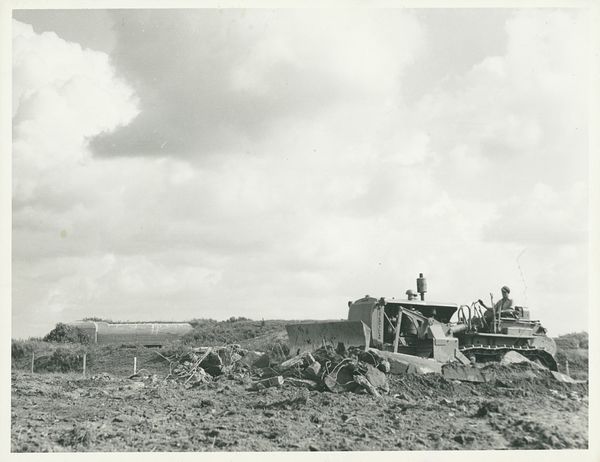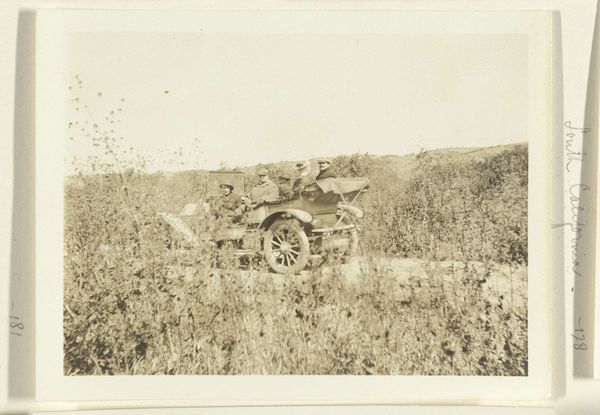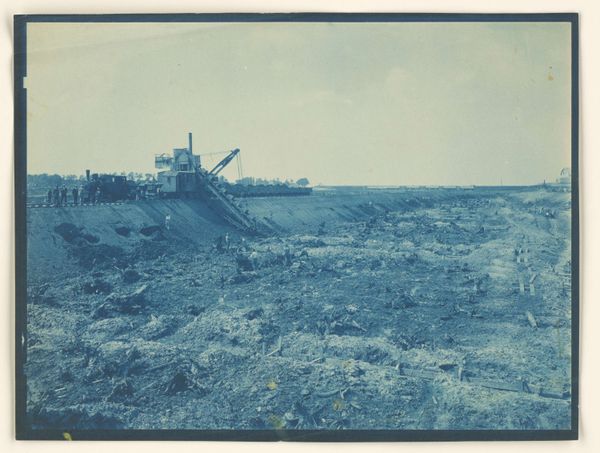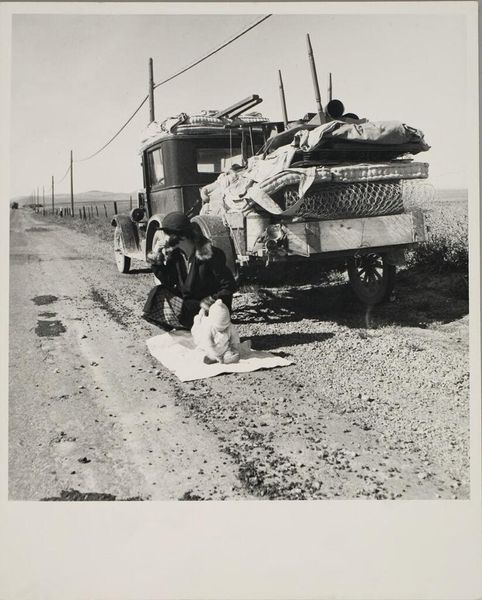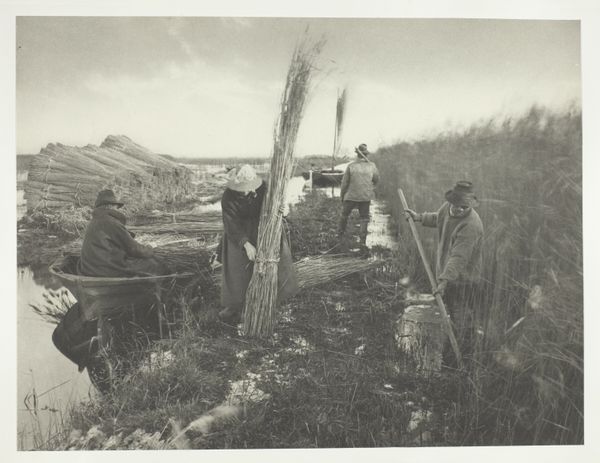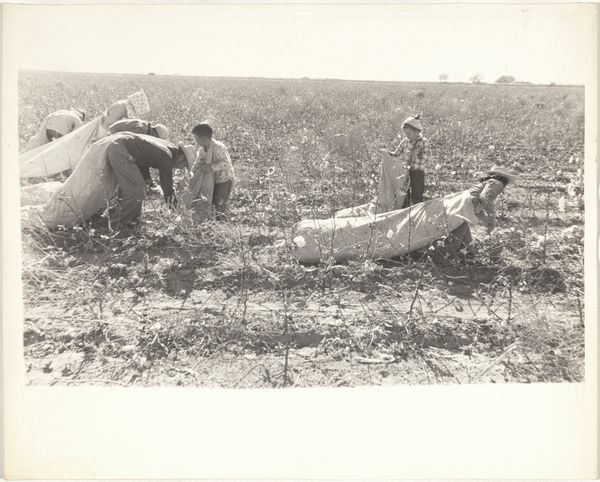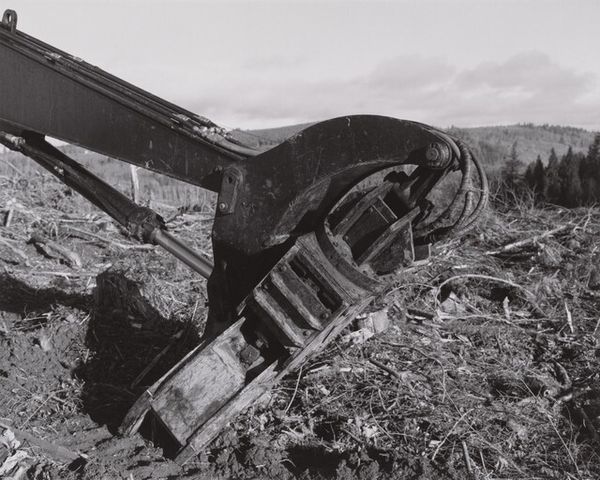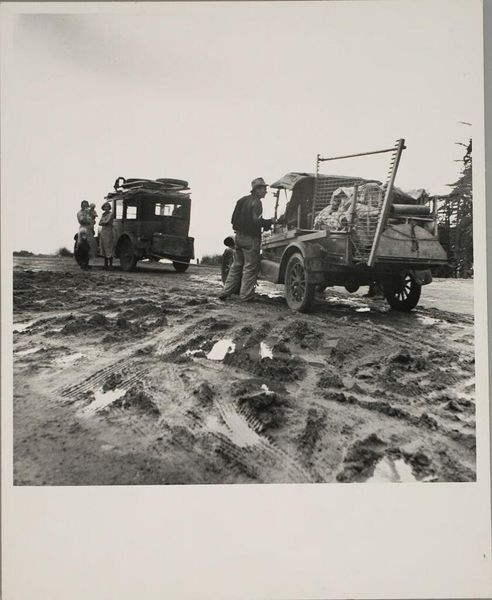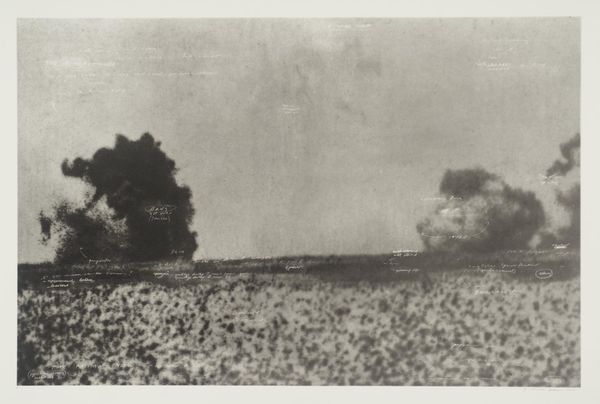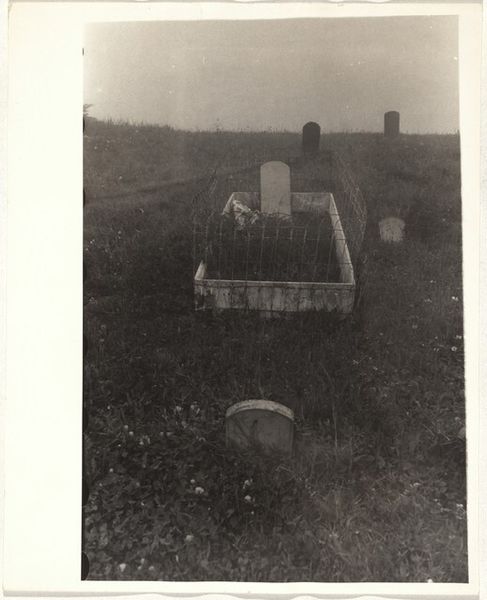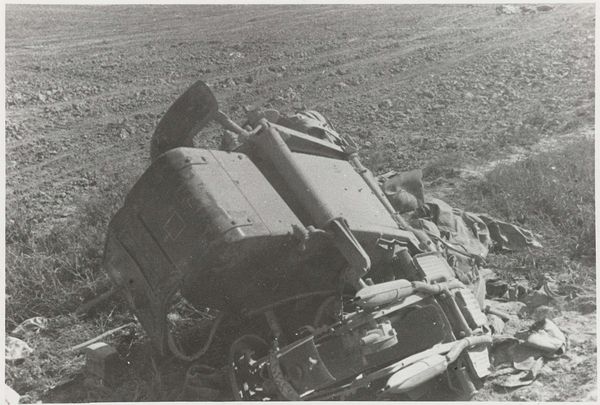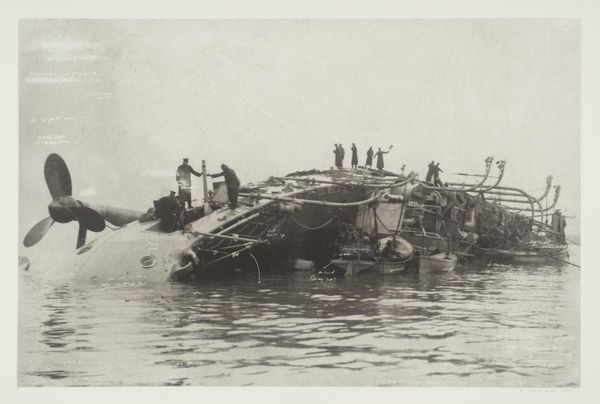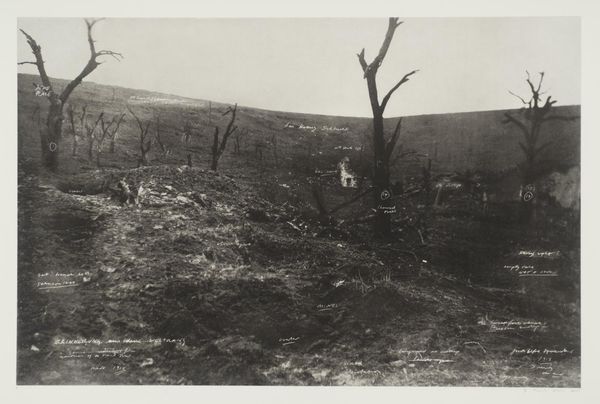
Dimensions: image: 450 x 685 mm support: 540 x 690 mm
Copyright: © Tacita Dean, courtesy Frith Street Gallery, London and Marian Goodman Gallery, New York/Paris | CC-BY-NC-ND 4.0 DEED, Photo: Tate
Editor: This is Tacita Dean's "Götterdämmerung," held at the Tate. The image of the derelict car evokes a real sense of desolation. What’s your interpretation of this work? Curator: For me, the car embodies the failed promises of progress. The title, evoking Wagner’s opera about the fall of the gods, layers a commentary on capitalism's trajectory. It reminds us to question who benefits from this relentless pursuit of technological advancement and at what cost. Editor: I hadn't thought of it that way. Curator: Consider the landscape, too. The bleakness is not just physical, but a reflection of societal disillusionment. What futures are we building on such ruins? Editor: A powerful question. I see it differently now.
Comments
Join the conversation
Join millions of artists and users on Artera today and experience the ultimate creative platform.
tate 6 months ago
⋮
Götterdämmerung belongs to a portfolio of twenty black and white photogravures with etching collectively entitled The Russian Ending. The portfolio was printed by Niels Borch Jensen, Copenhagen and published by Peter Blum Editions, New York in an edition of thirty-five; Tate’s copy is the fifth of ten artist’s proofs. Each image in the portfolio is derived from a postcard collected by the artist in her visits to European flea markets. Most of the images depict accidents and disasters, both man-made and natural. Superimposed on each image are white handwritten notes in the style of film directions with instructions for lighting, sound and camera movements, suggesting that the each picture is the working note for a film. The title of the series is taken from a convention in the early years of the Danish film industry when each film was produced in two versions, one with a happy ending for the American market, the other with a tragic ending for Russian audiences. Dean’s interventions encourage viewers to formulate narratives leading up to the tragic denouements in the prints, engaging and implicating the audience in the creative process.
